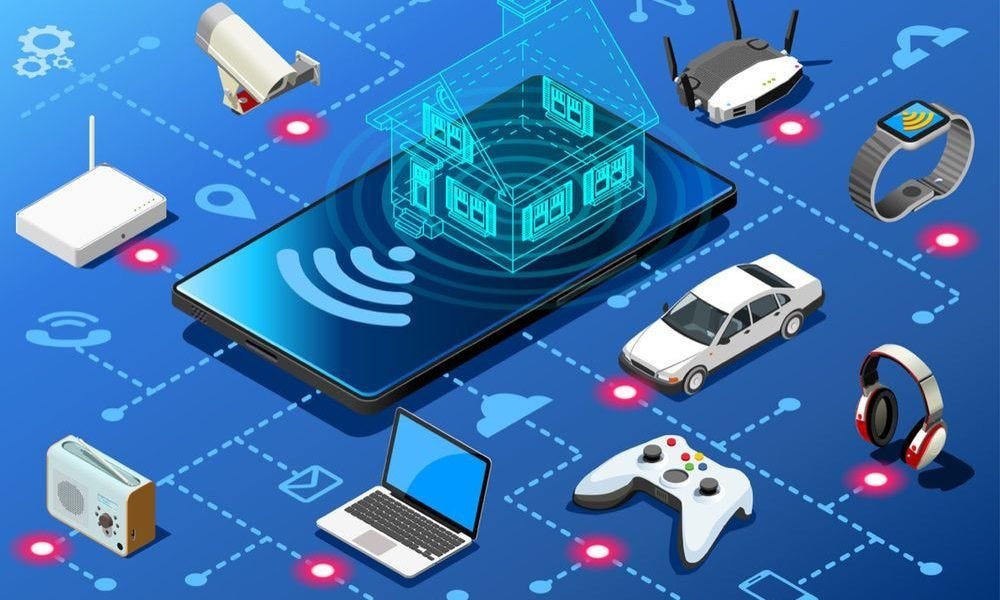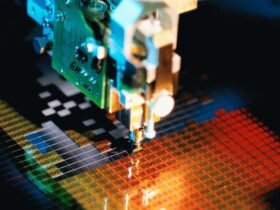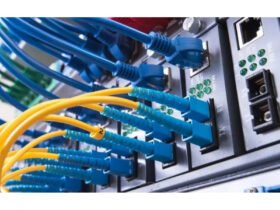The Internet of Things (IoT) has revolutionized various industries with its ability to connect devices and gather data. By integrating IoT solutions into product lifecycle management, companies can streamline and optimize their processes, leading to improved product development, supply chain management, and maintenance. We will explore the benefits of connecting your product lifecycle with IoT, and how it can help companies achieve a competitive advantage and growth.
Improving Product Design and Development
IoT solutions can provide valuable insights and data to improve product design and development. By using sensors and data analytics, companies can track the performance of their products, gather user feedback, and identify areas for improvement. For example, a smart thermostat can collect data on temperature and usage patterns, which can be used to develop a more energy-efficient and user-friendly product.
Moreover, IoT solutions can provide real-time feedback on product performance, enabling companies to make timely improvements and updates. For instance, a fitness tracker can track a user’s heart rate and activity level, and provide real-time feedback on their progress. This can help companies design more accurate and effective products, leading to higher customer satisfaction.
Enhancing Supply Chain Management
IoT solutions can also help companies optimize their supply chain management. Companies can improve their supply chain efficiency and reduce costs by using sensors and platforms to track inventory levels and shipment status. For instance, a company can use RFID tags to track their inventory and monitor the movement of goods throughout their supply chain. This can help companies identify bottlenecks and delays in their supply chain, leading to more efficient operations and better customer service.
Moreover, IoT solutions can also provide real-time visibility into shipment status, enabling companies to manage their logistics and delivery schedules better. By using GPS tracking, companies can monitor the location of their shipments and provide accurate delivery estimates to customers. This can help companies reduce delivery times and improve customer satisfaction.
Optimizing Product Maintenance and Support
IoT solutions can improve product maintenance and support by providing real-time monitoring and predictive analytics. By using sensors to collect data on product performance, companies can identify potential issues before they become major problems. For example, a smart refrigerator can detect when a filter needs to be replaced and automatically order a replacement part.
Moreover, IoT solutions can enable proactive maintenance and support, reducing the need for costly repairs and downtime. By using predictive analytics, companies can identify patterns in product performance and use this information to develop preventive maintenance schedules. This can help companies reduce costs and improve customer satisfaction by minimizing the impact of downtime.
Overcoming Challenges and Considerations
While IoT solutions can provide numerous benefits, there are also challenges and considerations to be aware of when implementing them into product lifecycle management. One of the main challenges is data security, as IoT devices and platforms can be vulnerable to cyber threats. Companies must implement strong security measures to protect their data and devices from unauthorized access.
Another consideration is the cost of implementing IoT solutions, which can be significant. Companies must carefully evaluate the costs and benefits of IoT solutions to determine if they are worth the investment. Moreover, companies must ensure employees have the necessary skills and training to use IoT solutions effectively.
Conclusion
In conclusion, integrating IoT solutions into product lifecycle management can provide numerous benefits, including improved product design and development, enhanced supply chain management, and optimized product maintenance and support. However, companies must also know the challenges and considerations of implementing IoT solutions. By carefully evaluating the costs and benefits and implementing strong security measures, companies can achieve a competitive advantage and growth with IoT solutions.
FAQs:
What is an IoT platform and how does it work?
An IoT platform is a software solution that enables connecting and managing IoT devices and data. It provides a centralized dashboard for monitoring and controlling IoT devices and data analytics and visualization tools. An IoT platform typically consists of several components: device management, data management, and application development.
What are some examples of IoT solutions in product lifecycle management?
Many examples of IoT solutions can be used in product lifecycle management. For instance, smart sensors can monitor product performance and gather user feedback, while RFID tags can track inventory levels and shipment status. IoT platforms can also be used to manage and analyze data from IoT devices and develop customized applications for product design and development.
What are some benefits of using IoT solutions in supply chain management?
IoT solutions can provide several benefits in supply chain management, including improved inventory management, better logistics and delivery schedules, and enhanced visibility into supply chain operations. Using sensors and platforms to track inventory and shipments, companies can reduce costs, improve efficiency, and provide better customer service.
How can companies ensure the security of IoT devices and data?
Companies can ensure the security of IoT devices and data by implementing strong security measures, such as encryption, authentication, and access control. They can conduct regular security audits and vulnerability assessments to identify and mitigate possible security threats. Additionally, companies should ensure that their employees are trained in IoT security best practices and aware of the potential risks associated with IoT devices.
What are some considerations when evaluating the costs and benefits of IoT solutions?
When evaluating the costs and benefits of IoT solutions, companies should consider factors such as the initial investment cost, ongoing maintenance and support costs, potential cost savings from improved efficiency and productivity, and the potential impact on customer satisfaction and revenue. They need to consider the possible hazards and difficulties of implementing IoT solutions and assess whether they possess the required skills and resources to handle them efficiently.







